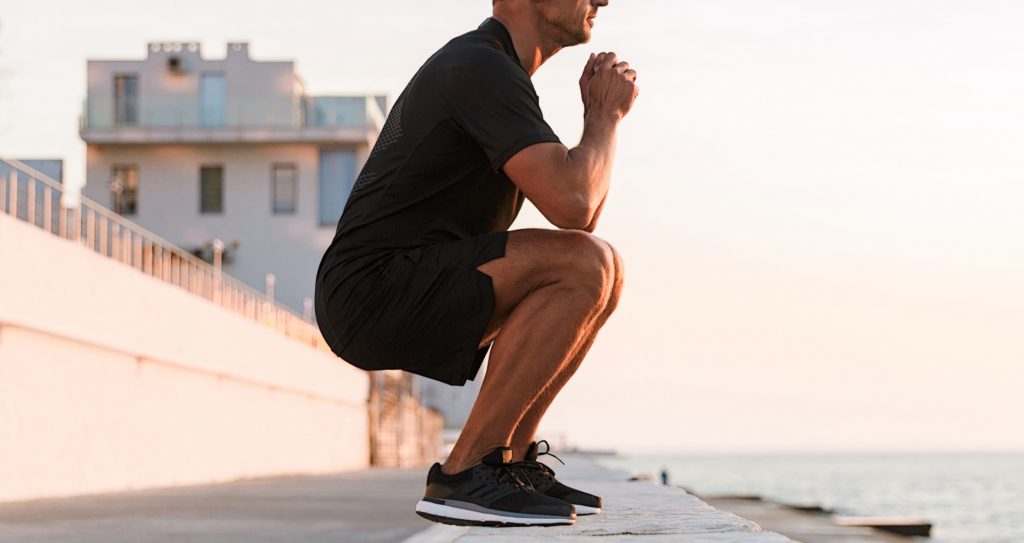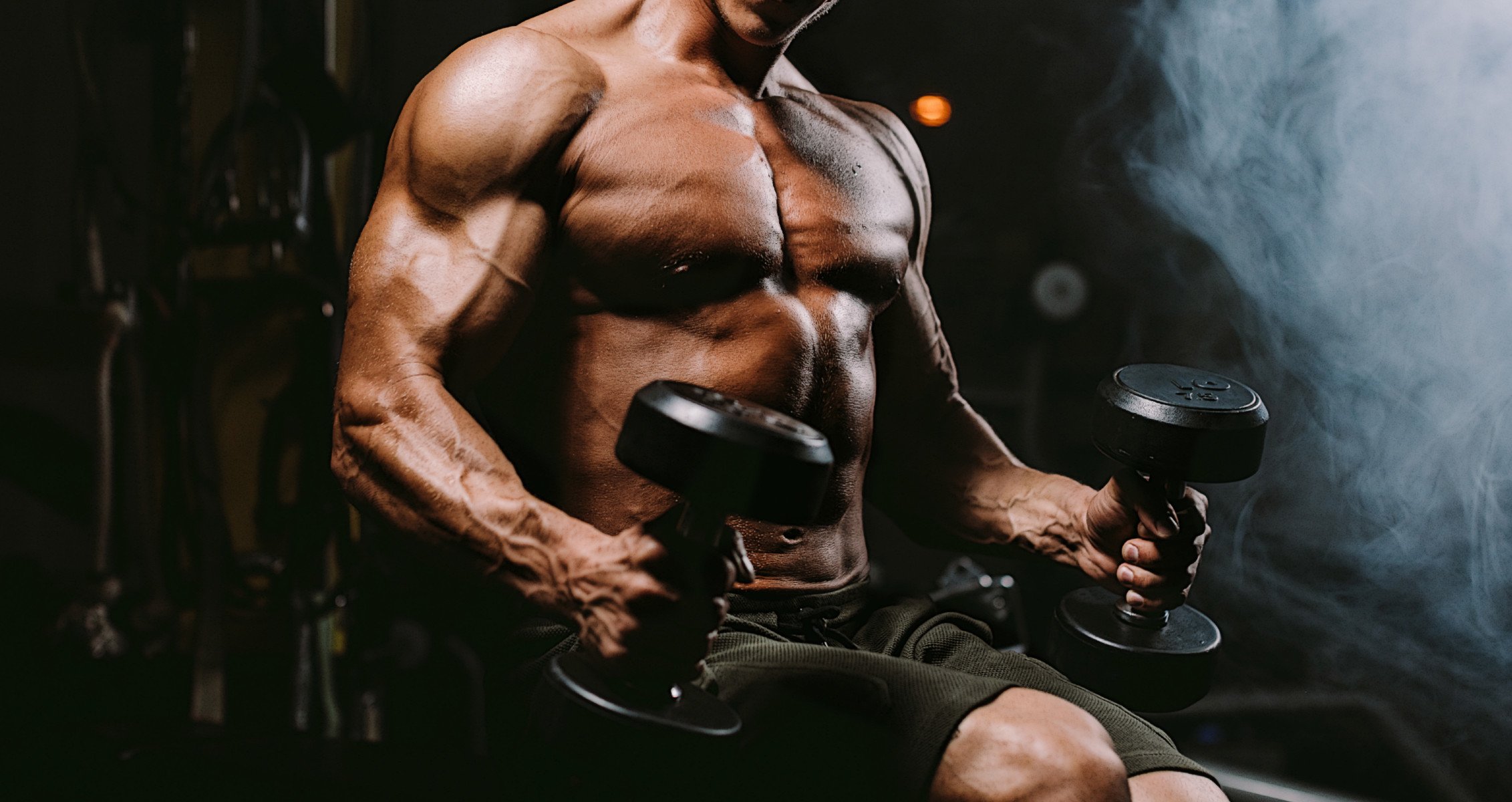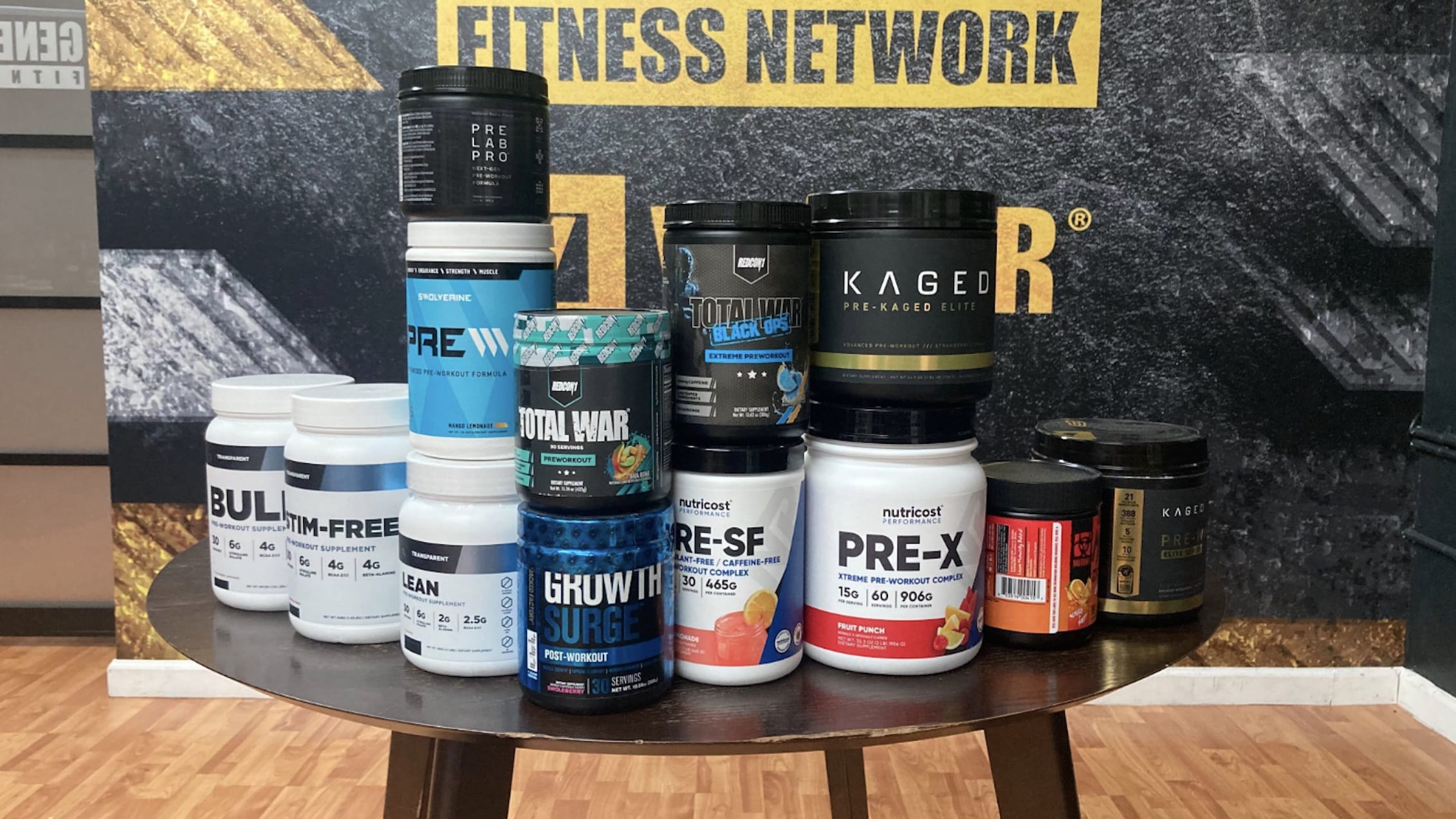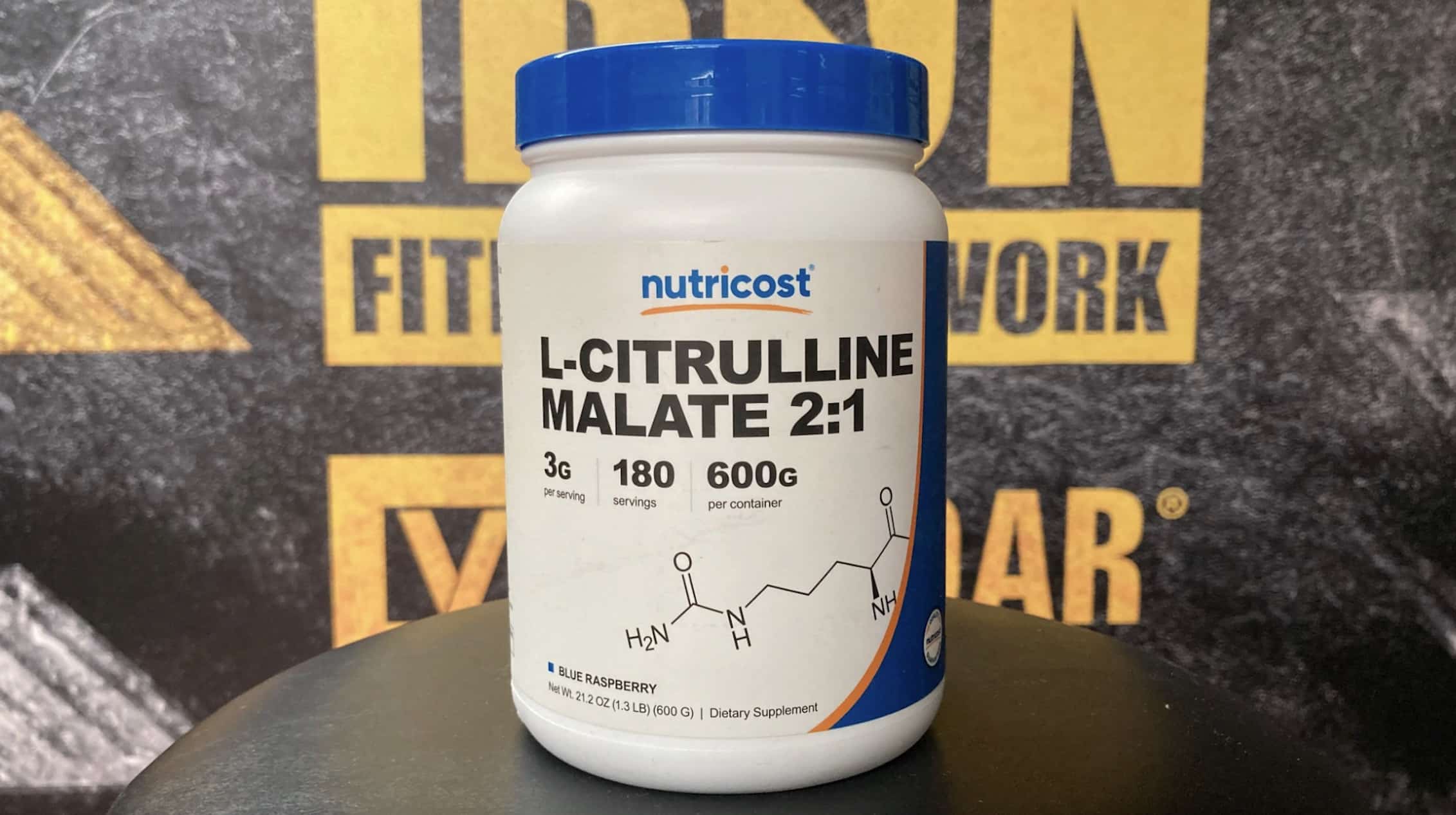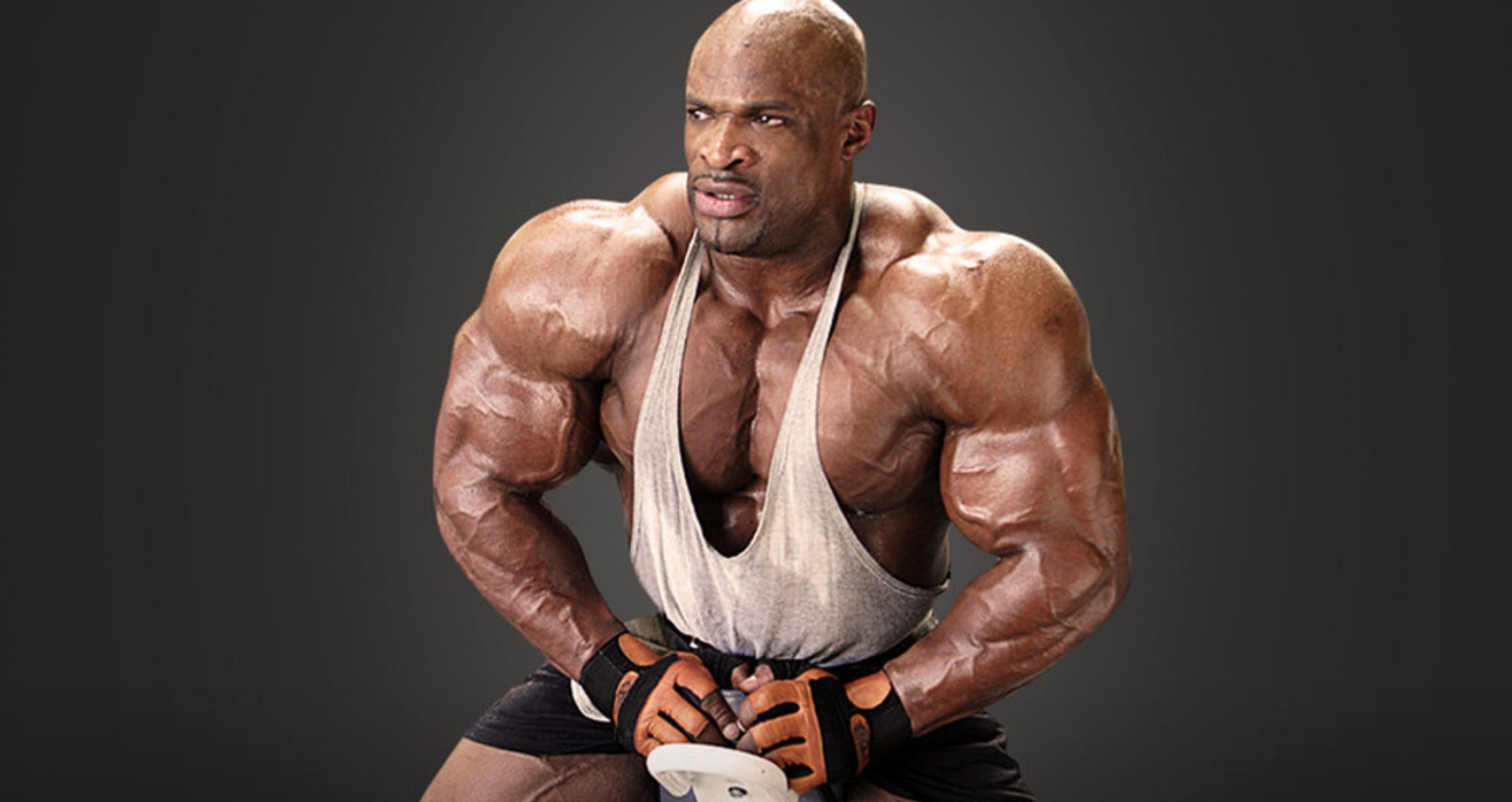The reverse hyper may place excessive stress on your back.
Strengthening your lower body is equally important as developing your upper body. It enhances stability, mobility, strength, and explosive power, sculpting a harmonious and visually appealing physique.
Bodybuilders and fitness enthusiasts often use reverse hyperextension exercises to fortify their lower bodies. This exercise specifically targets the posterior chain muscles – hamstrings, glutes, and lower back (1).
Despite its benefits, there’s a prevalent concern about the safety of this exercise, particularly regarding potential spine risks. Moreover, it necessitates specialized equipment not readily available in many gyms.
For athletes, exploring alternative exercises is crucial to diversifying workouts and maximizing gains. This article introduces alternatives to the reverse hyperextension that offer comparable benefits for lower body strength and development. We present two options, complete with detailed instructions on executing these exercises correctly for optimal results.
Reverse Hyper Alternatives
Bodyweight Squats
The bodyweight squat is a squat variation you can perform simply using your bodyweight. Like the reverse hyperextension exercise, it works on your glutes, quads, hamstrings, lower back, and inner thighs. You also don’t need any equipment for this exercise, making it a good reverse hyper alternative.
How to Do the Bodyweight Squats
- Stand upright with your feet shoulder-width apart.
- Your starting position is to keep your head up, back straight, arms raised at shoulder level and extended in front of you, and your knees slightly bent.
- Next, inhale and brace your core, gradually lowering your body into a squat position.
- Continue to lower your body until your thighs are parallel to the ground. Pause for about 1-2 seconds.
- Finally, exhale and slowly push yourself up through your feet until you hit the starting position.
- Repeat this motion for as many reps as you desire.
Benefits
The bodyweight squat is a compound exercise that benefits the posterior chain muscles. However, as a reverse hyper alternative, it provides the following benefits:
- You can do bodyweight squats without any gym equipment. This allows you to do it conveniently at home, the gym, or even on the go.
- This routine can progress with weights, especially for advanced lifters looking to increase difficulty. You can add free weights like dumbbells, kettlebells, or resistance bands to the exercise, making it more effective. This places more tension on targeted muscles and increases muscle hypertrophy.
- Strengthening core muscles reduces the chances of injuries. These muscles help with coordination, stability, and balance.
- Bodyweight squats improve athletes’ performance by developing power and muscles in your lower body, which is crucial for explosive power. These muscles help with running, sprinting, and jumping, improving athletic performance (2).
Jumping Lunges
Jumping lunges are a lunge variation that targets glutes, quads, hamstrings, calves, and lower back muscles. They’re bodyweight exercises that work on your lower body. Jump lunges are also plyometric, using speed and force to train your muscles. This study shows the effects of plyometric exercise on athletes’ physical conditioning and health (3). Jump lunges build the posterior chain muscles like the reverse hyper, making them an excellent alternative.
How to Do the Jumping Lunges
- Stand upright with your feet shoulder-width apart. Keep your back straight, chest out, and head forward. This is your starting position.
- Pull your shoulders back, brace your core, step back with your left leg, and lower yourself into a lunge position.
- Raise your left arm to shoulder level and take your right arm back.
- Push up from the lunge into a jump using both feet.
- Switch both legs quickly as you jump, taking your right leg to the back and left to the front.
- Land on both feet, switch sides, and repeat the movement for as many reps as you desire.
Benefits
Jump lunge is a compound exercise that works with different muscle groups, particularly the lower body muscles. Its benefits are listed below.
- It builds lean muscle mass in your lower body and helps tone your legs, giving you good posture.
- It improves an athlete’s performance by developing power and muscles in your lower body, which is crucial for sports and weightlifting.
- Performing jump lunges improves body movement, coordination, and stability by strengthening the lower body and core muscles. This reduces injuries.
- Jump lunges are good cardiovascular exercise, making them a good calorie burner.
Other Alternatives
Reverse hyperextensions only require your bodyweight, and bodyweight squats and jumping lunges are two bodyweight alternatives that engage your lower body muscles, too. However, other options that target the hamstrings and glutes directly as the reverse hyper include lying hamstring curls (hamstrings) and glute bridges (glutes). In addition, good mornings are another posterior chain alternative to the reverse hyper.
FAQs
What exercises can I do instead of reverse hyper?
Finding the right reverse hyper alternative is critical to gaining similar benefits. There are multiple options, but this guide has covered bodyweight squats and jump lunges.
Does the reverse hyper exercise build muscle?
Yes, reverse hyper builds muscle. The target muscles include the glutes, hamstrings, and lower back. It creates and strengthens these muscles, improving posture, stability, power, and movement.
How do you modify the reverse hyper?
When performing the reverse hyper, you can use a flat bench or a table instead of a machine. You can also use a glute ham developer (GHD). If you have resistance bands, you can attach them to your legs while using the GHD for more load.
Follow us on Instagram, Facebook, and Twitter for more exercise guides!
References
- Lawrence, M. A., Chin, A., & Swanson, B. T. (2019). Biomechanical Comparison of the Reverse Hyperextension Machine and the Hyperextension Exercise. Journal of strength and conditioning research, 33(8), 2053–2056. https://doi.org/10.1519/JSC.0000000000003146
- Marián, V., Katarína, L., Dávid, O., Matúš, K., & Simon, W. (2016). Improved Maximum Strength, Vertical Jump and Sprint Performance after 8 Weeks of Jump Squat Training with Individualized Loads. Journal of sports science & medicine, 15(3), 492–500.
- Slimani, M., Chamari, K., Miarka, B., Del Vecchio, F. B., & Chéour, F. (2016). Effects of Plyometric Training on Physical Fitness in Team Sport Athletes: A Systematic Review. Journal of human kinetics, 53, 231–247. https://doi.org/10.1515/hukin-2016-0026
